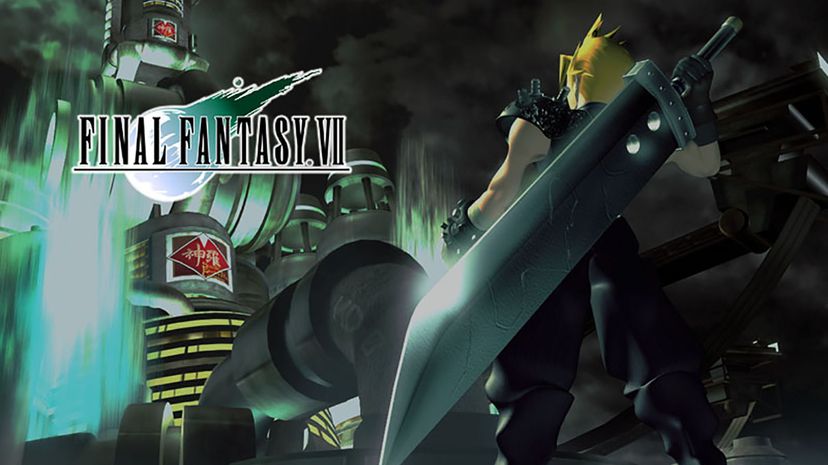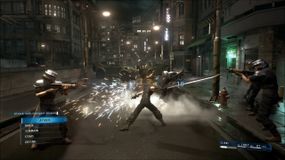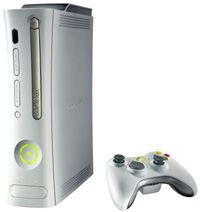
On September 7, 1997, "Final Fantasy VII" arrived in North America. The Sony PlayStation video game introduced many English-language gamers to their first Japanese role playing game, or JRPG. Combining mystical elements with a post-industrial fantasy setting, the seventh installment in the iconic series gave the player control of the game's protagonist, Cloud Strife; The North American release of "Final Fantasy VII" received a marketing blitz nearly unheard of at the time, and it paid off; the game proved to be wildly popular, selling more than 11 million copies.
Twenty years after its release, "Final Fantasy VII," developed by SquareSoft, remains iconic. The company now called Square Enix announced in 2015 it was creating a remake of its classic game for the PlayStation 4 console. Sony included the announcement in its E3 presentation that year, and wowed the audience with a teaser trailer.
Advertisement
But it's been more than two years since that announcement, and gamers are still waiting for the remake. But we thought it would be fun to take a look back at the series and see what made "Final Fantasy VII" so special two decades ago.
Advertisement


